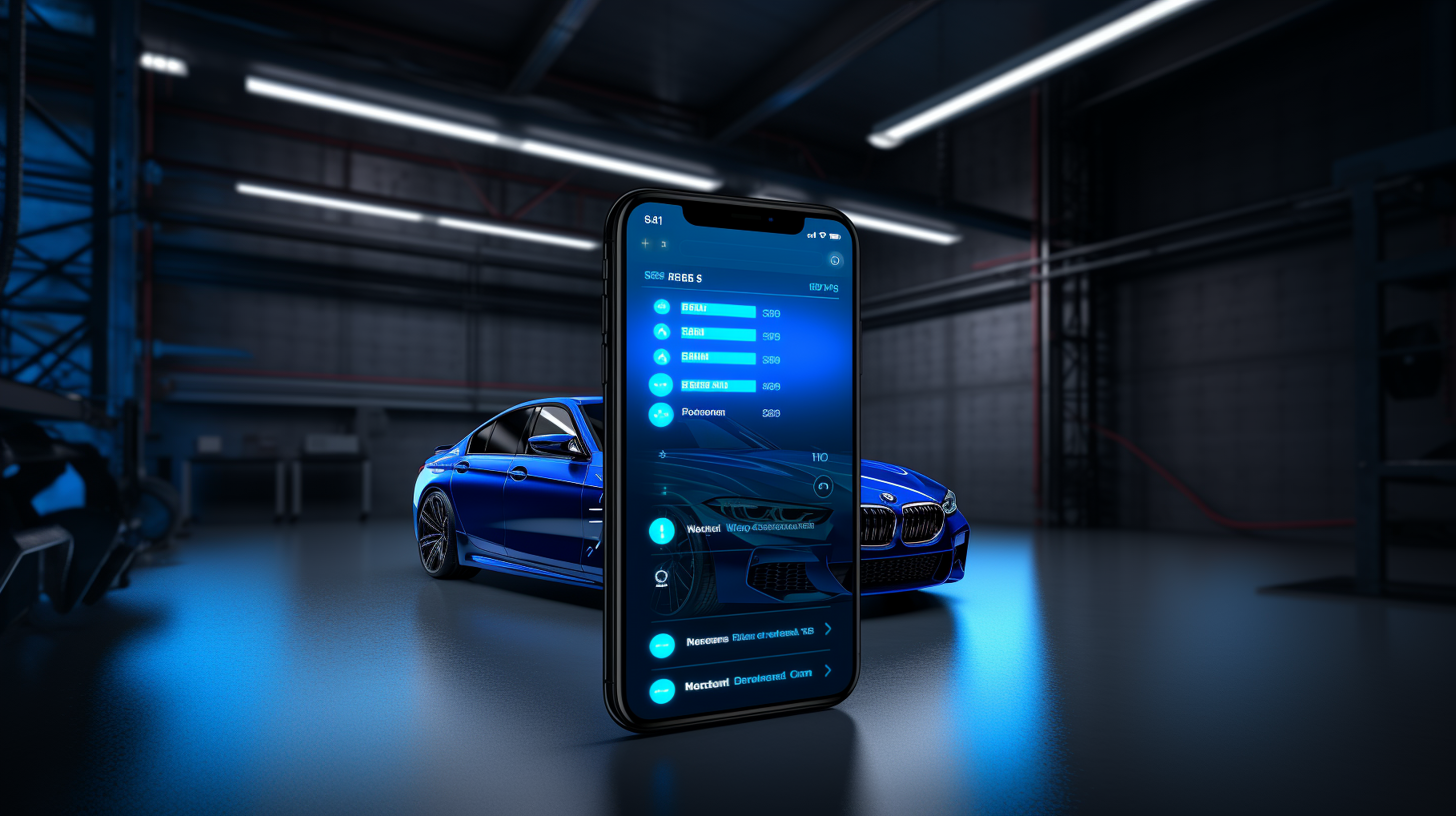- Date: August 17, 2023
- Categories: AzureDevelopment

Background:
In the fast-paced world of the automotive industry, technology is a cornerstone for innovation and efficiency. When an established name in the automotive sector sought to integrate cloud-native solutions into their operational framework, the need for expertise was paramount.
Solution:
As a Senior Cloud Application Engineer, we embarked on a transformative journey to harness the power of Azure and its extensive infrastructure to benefit our automotive client. Our endeavors are summarized as follows:
1. Cloud-native Web Services:
Pioneered the architecture and implementation of loosely-coupled cloud-native web services on Azure. This ensured that our solutions seamlessly integrated with the client’s existing digital ecosystem.
2. Multi-tenant Operations:
Designed a robust multi-tenant operational framework, provisioning the infrastructure using the Infrastructure as Code principle with Terraform. This allowed for streamlined management of different user entities under one umbrella.
3. Secure Application Interfaces:
Developed application interfaces with a focus on secure cloud architecture principles. Our design emphasized reducing potential vulnerabilities, scalability, and comprehensive monitoring and alerting mechanisms.
4. Update and Release Framework:
Crafted an automated multi-stage CI/CD pipeline via Azure DevOps, incorporating manual approvals for tenant releases. This ensured that each update was seamlessly integrated without disrupting the operational flow.
5. Backend Services:
Implemented backend services composed of .Net Core microservices. These were hosted on Azure Kubernetes Cluster (AKS) as Linux containers complemented by Angular.js frontend applications, providing a cohesive user experience.
6. Content Delivery and Security:
Configured Azure CDN integrated with a Web Application Firewall. This strategic move not only improved latency for static content but also significantly reduced the potential attack surface.
7. API Management:
Deployed microservice APIs through Azure API Management, ensuring that they acted as the singular point of entry without making Kubernetes service endpoints publicly available, bolstering security.
8. Monitoring:
Incorporated monitoring with the Prometheus/Grafana stack, providing real-time insights into system performance.
9. Service Bus Implementation:
Developed a Service Bus Prometheus Exporter Worker, enabling scaling and alerts based on Azure Service Bus Message traffic.
10. Log Aggregation:
Unified logging using the ELK Stack (Logstash, ElasticSearch, and Kibana), which made troubleshooting and system analysis more efficient.
Technologies Used:
Azure Kubernetes Service (AKS), Azure API Management, Azure Service Bus, Azure Functions, Azure MySQL Server, Azure Storage Account, Azure Event Grid, Terraform, Prometheus, Grafana, Azure DevOps, .Net Core 3.1, Angular.js, Docker.
Outcome:
Our comprehensive cloud-native solutions brought about a monumental shift in the client’s operations. Their systems now run with enhanced security, scalability, and efficiency, enabling them to stay ahead in the competitive automotive industry.
Feedback:
The automotive client expressed immense satisfaction with the transformation. The newly integrated solutions not only streamlined their operations but also instilled confidence in their technological framework. The cloud-native solutions ensured that they could scale up or down based on demand while maintaining top-notch security. They acknowledged the thoughtful architecture, the efficiency of the implementations, and the robustness of the new systems.